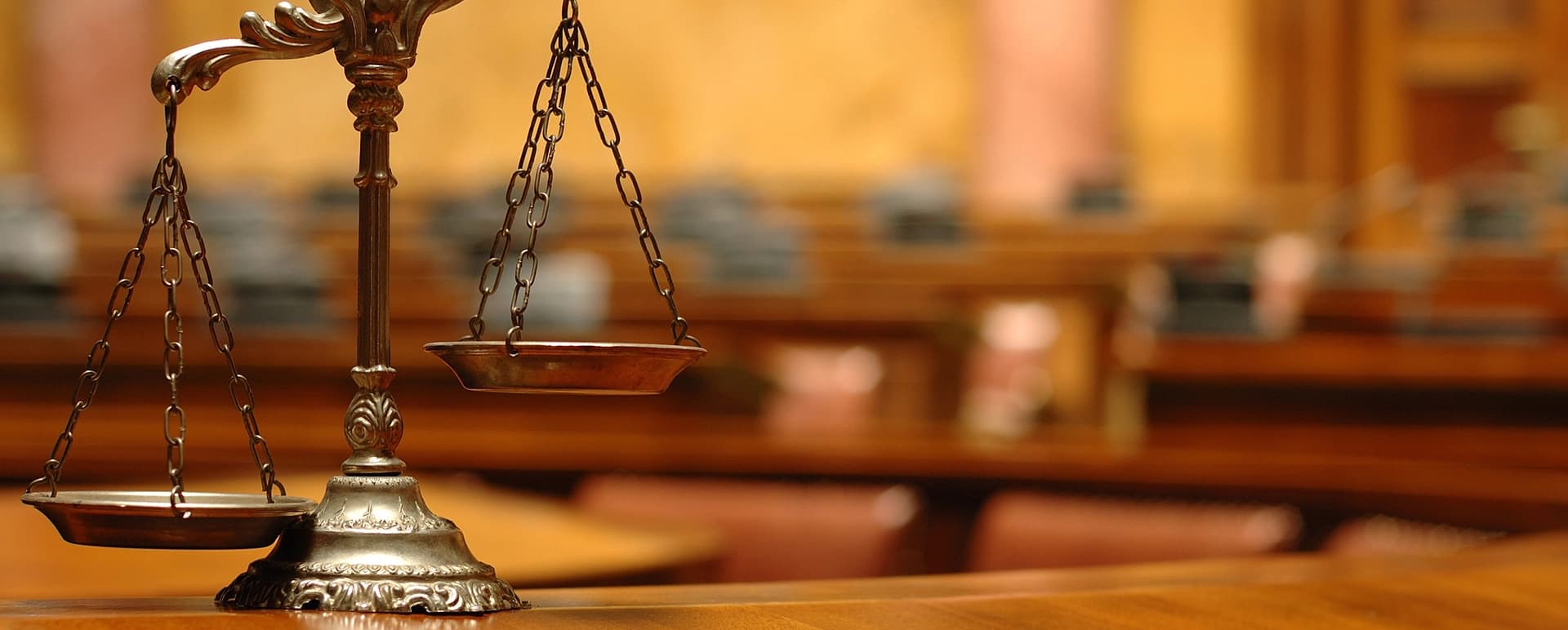Trial Presentation Expert Assistance for Impactful Legal Arguments
Mesmerize the Jury: Vital Components of a Powerful Trial Presentation
Crucial aspects such as understanding the target market, crafting a compelling story, and mastering spoken and non-verbal communication are crucial elements of an effective presentation. As these factors intertwine, they create a cohesive approach that not only notifies but likewise involves jurors on multiple degrees.

Recognizing Your Audience
Comprehending your target market is a crucial aspect of efficient test discussion. An effective discussion depends upon the capability to realize the demographics, values, and tendencies of jurors. This understanding educates how disagreements are mounted, proof exists, and sob stories are crafted, ensuring that the message resonates with the jurors on an individual level.
Research suggests that jurors come from diverse histories and may have differing levels of understanding relating to lawful procedures. In addition, recognizing the jurors' potential prejudices and life experiences allows the trial presenter to expect objections and address concerns proactively.
Reliable trial presentation likewise involves observing jurors' responses throughout the procedures. Being in harmony with non-verbal signs can provide insight right into their involvement and understanding, permitting real-time adjustments in strategy. Eventually, an extensive understanding of the audience not just improves communication yet likewise builds relationship, enhancing the likelihood of a favorable end result. Engaging with jurors as people as opposed to a cumulative system is important in cultivating a strong link in the court.

Crafting a Compelling Story
Crafting an engaging narrative is vital in directing jurors with the complexities of an instance. A well-structured story not just simplifies elaborate legal principles however also involves jurors on an emotional degree, making the info more relatable and remarkable.
To accomplish this, attorneys must start by identifying the core message they desire to communicate. This message should reverberate with the jurors' values and experiences, promoting a connection that goes beyond mere realities. The narrative needs to unfold logically, providing events in a clear sequence to stay clear of confusion. This chronological strategy can assist jurors adhere to the progression of occasions, emphasizing reason and effect.
Incorporating human aspects-- such as individual stories or narratives-- can better enhance the narrative's effect. These components evoke empathy, permitting jurors to visualize the consequences of the instance on realities. Additionally, utilizing a regular motif throughout the presentation strengthens the primary debate, making it easier for jurors to keep crucial points.
Ultimately, a compelling narrative transforms a test discussion from a plain address of realities right into a persuasive story that mesmerizes the jury, motivating them to ponder with both factor and feeling.
Using Aesthetic Help
Including aesthetic help right into a trial presentation can considerably improve jurors' comprehension and retention of information. Aesthetic products such as graphes, representations, photographs, and videos can change complex legal principles and proof right into quickly digestible formats. By involving several senses, these aids allow jurors to envision the instance's crucial aspects, making it simpler for them to follow along and grasp intricate information.
Additionally, well-designed visual help can highlight crucial points and emphasize relationships in between various pieces of proof. Timelines can successfully show like this the series of events, while annotated images can make clear particular information pertinent to the situation. This not just help in understanding but additionally enhances the story provided by the lawyer.
Extremely complicated or chaotic visuals may overwhelm jurors and take away from the message. Ultimately, efficient aesthetic interaction can be a powerful device in encouraging jurors and helping them reach educated verdicts.
Mastering Verbal Interaction
Effective verbal interaction is crucial in a trial discussion, as it offers as the primary ways click this whereby attorneys convey their disagreements and connect with jurors. Understanding this skill includes quality, persuasion, and engagement. Attorneys need to verbalize their factors clearly and concisely, staying clear of legal lingo that may perplex jurors. Simplicity in language promotes understanding and helps jurors comprehend complex problems offered during the test.
Furthermore, tone and pacing considerably impact how messages are received. A certain tone shares authority, while proper pacing enables jurors to absorb information without really feeling bewildered. Attorneys ought to also differ their singing inflections to emphasize essential points and maintain jurors' passion throughout the discussion.
In addition, the organization of verbal arguments is important. Structuring the narrative realistically and coherently assists jurors follow the lawyer's logic, making it much easier for them to keep crucial information. Making use of influential methods, such as storytelling, can also boost the psychological vibration of the disagreements presented, therefore developing a much more profound link with jurors.
Ultimately, grasping spoken interaction not just strengthens a lawyer's instance but likewise promotes trust and rapport with the court, significantly boosting the chances of a favorable judgment.

Involving With Body Movement
Nonverbal communication plays a vital duty in trial discussions, typically conveying messages that words alone can not share. Body language, encompassing motions, position, faces, and eye get in touch with, considerably affects exactly how jurors perceive the reputation and sincerity of the speaker. A positive position, with shoulders back and an open pose, can instill depend on, while closed-off body language might recommend defensiveness or uncertainty.

Faces ought to mirror the emotions related to the situation, reinforcing the story being presented. For example, a genuine expression throughout a touching minute can evoke empathy and reinforce the sob story. Eventually, mastering body movement is important for reliable trial discussions, as it boosts verbal interaction and establishes find more info an engaging visibility that reverberates with the jury.
Final Thought
To conclude, mesmerizing the court necessitates a calculated strategy that includes recognizing the audience, crafting a compelling narrative, making use of visual help, mastering verbal communication, and involving via body language. Each aspect plays a crucial role in producing a powerful test discussion that resonates with jurors on both emotional and intellectual levels (trial presentation). By integrating these parts effectively, attorneys can considerably boost their capability to convince and influence jury decision-making